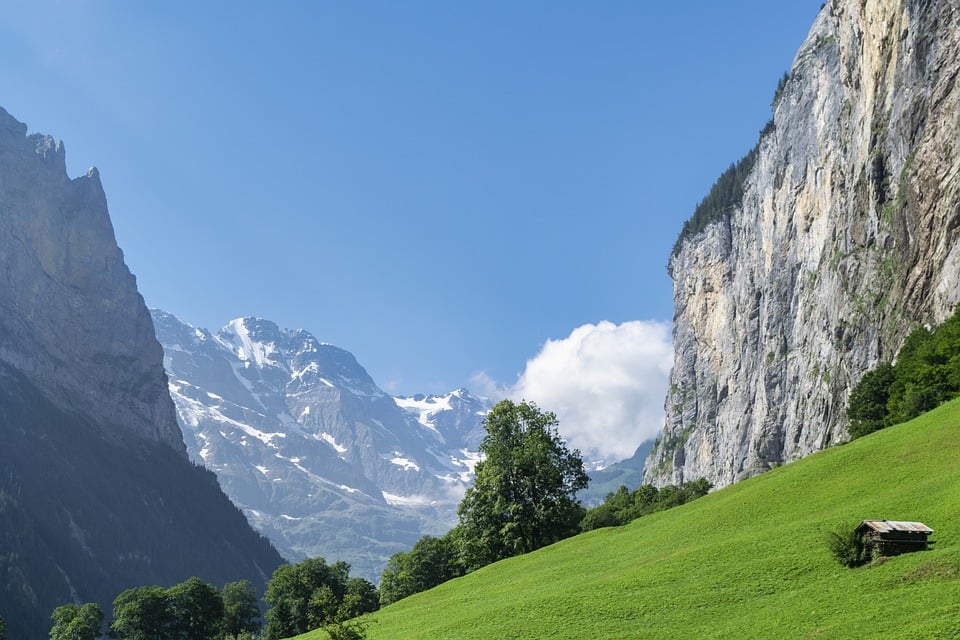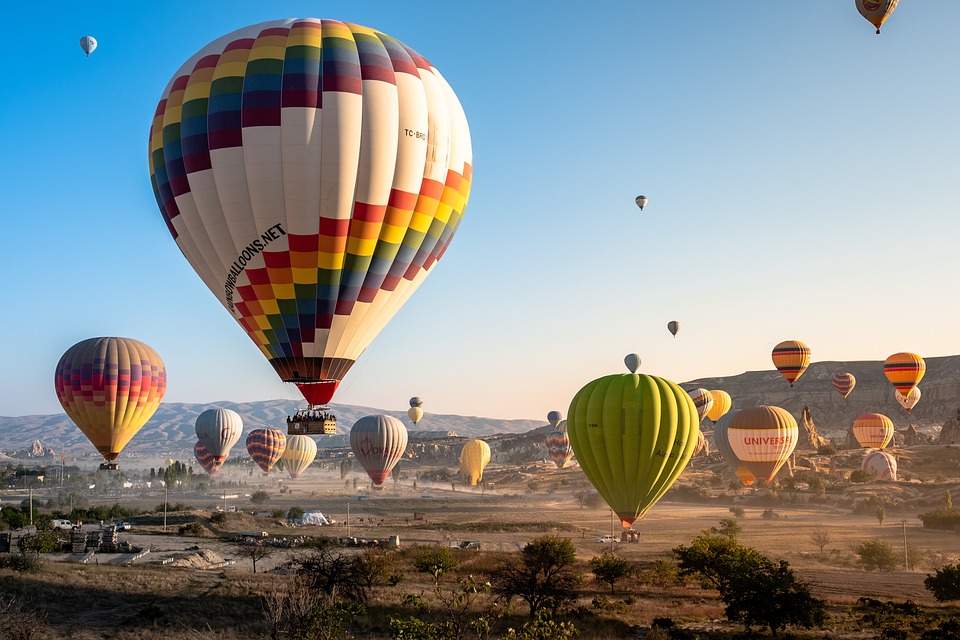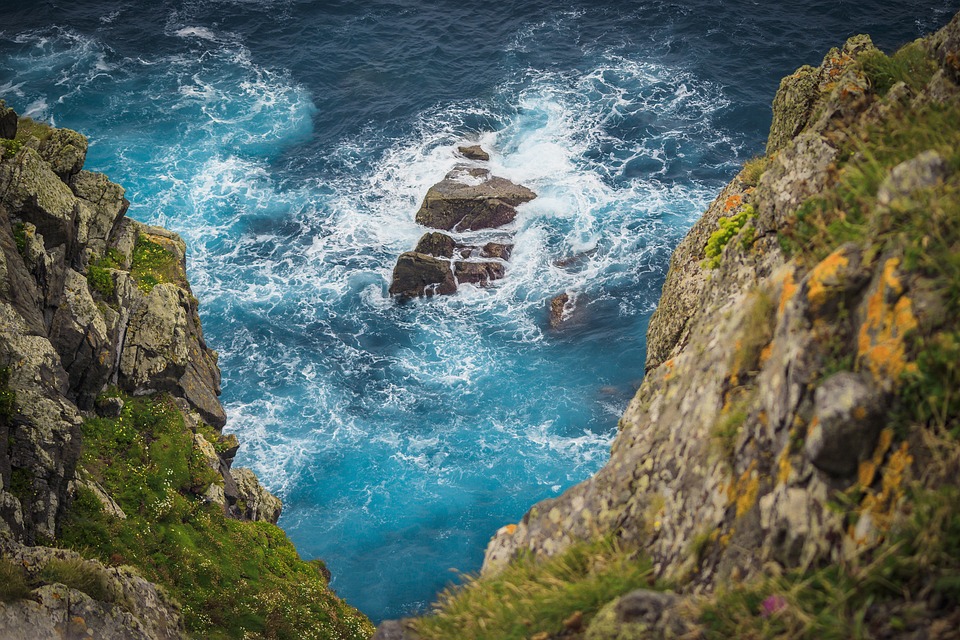The Amazon Rainforest is not only one of the most biodiverse regions on Earth, but it also plays a crucial role in regulating the global climate and providing essential resources for human survival. Covering an area of over 5.5 million square kilometers, the Amazon is home to millions of plant and animal species, many of which are found nowhere else on the planet. It is often referred to as the “lungs of the Earth” due to its vast expanse of trees that release oxygen and absorb carbon dioxide, helping to mitigate climate change.
Despite its importance, the Amazon Rainforest is under threat from deforestation, mining, and illegal logging. These activities not only destroy vital habitats for countless species but also contribute to climate change by releasing carbon stored in trees and soil. In recent years, the rate of deforestation in the Amazon has been increasing, driven by demands for agricultural land, timber, and minerals.
To protect this vital ecosystem, conservation efforts are essential. One of the most effective ways to preserve the Amazon Rainforest is through the establishment of protected areas and indigenous reserves. These areas are set aside for conservation purposes and are managed by local communities, indigenous peoples, and governmental agencies. By safeguarding these areas from destructive activities, we can ensure that the Amazon’s biodiversity and ecosystem services are maintained for future generations.
In addition to protected areas, sustainable land-use practices can also help to protect the Amazon Rainforest. This includes promoting agroforestry, where trees are integrated into farming systems, and sustainable logging practices that minimize the impact on forest ecosystems. By working with local communities and stakeholders to develop sustainable alternatives to deforestation, we can help to protect the Amazon while also supporting the livelihoods of those who depend on the forest for their survival.
International cooperation is also crucial in protecting the Amazon Rainforest. Countries that share the Amazon basin must work together to address the root causes of deforestation and promote sustainable development that benefits both people and nature. This includes enforcing laws against illegal logging and land grabbing, as well as providing financial incentives for conservation efforts.
As individuals, there are also steps we can take to help protect the Amazon Rainforest. By supporting organizations that work to conserve the Amazon, reducing our consumption of products that contribute to deforestation (such as beef and soy), and raising awareness about the importance of this vital ecosystem, we can all play a role in safeguarding the Amazon for future generations.
The Amazon Rainforest is a treasure trove of biodiversity and a critical component of the Earth’s climate system. By working together to protect this vital ecosystem, we can ensure that it continues to thrive and provide essential services for both wildlife and people for generations to come. Let us all do our part to explore and protect the wonders of the Amazon Rainforest.




